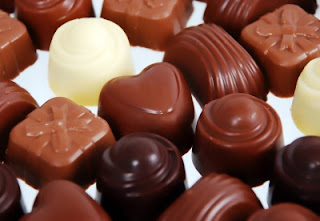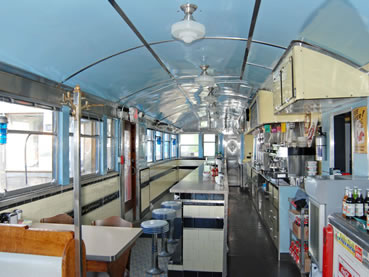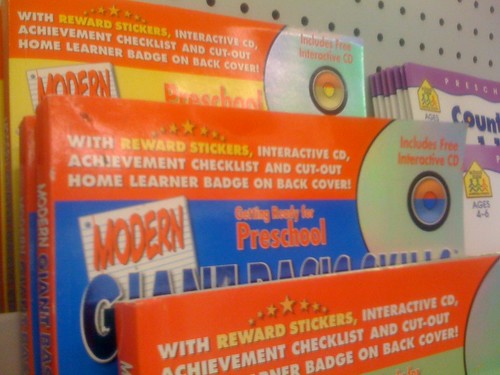Staying home to take care of my two youngest children, I didn't hear about the Boston Marathon bombing until much after the
fact. It's a terrible tragedy, and one can only imagine what kind of person
would want to harm so many innocent people, including children. The picture of
little Martin Richard smiling so brightly brought tears to my eyes; my heart
goes out to the parents of this little boy. I have a nine-year old daughter
myself, and I would not want to imagine my life without her.
Using News Events
A marathon is a rich topic for
any teacher, including ESL teachers. Like it or not, the bombing makes the
Boston Marathon a topic of further interest for students. I do want to discuss
the event with my students, but not in a way that will inflame or depress them.
Rather, I want to teach them something about marathons and give them an opportunity to talk about what's happened.
Teaching Sensitive Topics to ESL Students
At the same time, as an ESL
teacher, I need to keep in mind that many foreign students are sensitive to
comments related to such tragedies. Some find themselves targets of offensive
comments and may feel defensive. This may also be a good time to
briefly discuss how such students feel. I hope this ESL lesson on the Boston
Marathon teaches students about the day in a positive and constructive manner.
For anyone who also teaches younger students, I tried to design this lesson so that it can be used for sixth and seventh graders who want to learn more about the Boston Marathon and the tragic bombing.
I hope you and your students benefit from this lesson, and come away with something at the end of it.
The Boston Marathon Bombing
Have
you ever run in a race? The Boston Marathon is one of the world's most
famous races. It has been in the news many times, for example, when Kenyan runner
Geoffrey Mutai set a world running record in 2011. This year, the Boston
Marathon has been in the news more than ever.
The
Boston Marathon is an annual marathon. It takes place every year in the
Boston area. It is always held on the 3rd Monday in April. The Boston Marathon was
first started in 1897 by the Boston Athletic Association. This same
organization still runs the event. To complete the race, one must run a distance of 26 miles and 385 yards.
The
Boston Marathon has grown each year, so that it is now one of Boston's biggest
events. Starting with only 18 people in 1897, the event now brings more than
half a million fans each year to the race. More than twenty thousand
people also run in the marathon each year.
Anyone
who qualifies can run in the Boston Marathon. In fact, runners from all
over the world come to Boston each year to compete. A runner must be
over the age of 18 and have completed a marathon before. Many different kinds
of people compete in this race. For example, people who use wheelchairs or
have other disabilities participate and can also win prizes.
It
is not easy to run a marathon. Yet the Boston Marathon is one of the hardest.
There are many hills to run through. Also, Boston can be cold and rainy in
April. Runners must complete the 26-mile race, no matter the terrain and weather.
The
Boston Marathon has always been a joyous event celebrating health,
fitness, and sportsmanship. Families come to support runners. People
of all ages enjoy being a part of this famous race, and celebrating with the
winners. The winners are awarded large prizes. The first man and woman to
complete the race receive $100,000. There are also prizes for 2nd and 3rd place,
and for winners with disabilities.
This
year, the Boston Marathon started out as a happy event as usual. However, it tragically
turned into a terrible event. Towards the end of the race, this year, two bombs
exploded near a crowd of spectators. The bombs were placed in
pressure cookers hidden in backpacks. Two Americans and a Chinese man died in
the explosions. Among those killed was an eight-year old boy named Martin
Richard. More than 150 people were also injured. Several people who were hurt
had to have arms or legs amputated. People are not sure how or why this
happened. Everyone is looking for answers as to who could have committed such a
terrible crime.
Americans
are believed to be unusually optimistic and good at "bouncing
back". They will always remember this tragedy. Yet, one can expect Bostonians
and Americans to remain committed to maintaining the tradition of this
famous marathon. And who knows? It may be that next year will bring more
runners than ever before.
Questions
1. What is a marathon?
2. Why is the Boston Marathon so popular?
3. For how many years has the Boston Marathon been held?
4. How was this year's marathon different from marathons in
past years?
5. What is meant by "bouncing back"?
6. After what happened this year in Boston, would you run
next year if you could? Why or why not?
7. How will the Boston Marathon be different next year than
this year, in negative and positive ways?
8. Draw a line under every simple past verb and a double
line under every present perfect verb.


























